Romania is starting to develop the clean hydrogen industry, supported by the National Strategy and the Law that establishes rules for the use of renewable hydrogen in industry and transport, but the major problem remains the lack of implementation rules, without which investments cannot start, banks cannot finance projects, and authorities cannot monitor progress, according to an analysis by the Smart Energy Association (AEI), submitted to AGERPRES on Thursday.
"After more than two years of waiting and consultations, the Romanian Government has adopted the National Hydrogen Strategy 2025-2030, the document that should put the country on the European clean energy map. It is one of the most ambitious energy plans of recent years, but also one that raises questions about how prepared Romania is to complete it," the analysis shows.
According to the same source, hydrogen could become the "battery of the future" and a driver of the competitiveness of Romanian industry, but the success of the strategy now depends on speed: on the rapid adoption of norms and the launch of support schemes.
By 2030, Romania would produce about 153,000 tonnes of clean hydrogen per year. Almost half would go to transport, a third to industry and the rest to steel. To achieve this goal, the country will need over 2,100 MW of electrolyzers - installations that "break" water into hydrogen and oxygen, powered by 4,200 MW of renewable energy from dedicated solar and wind parks.
"The goal is not to increase total production, but to transform 'grey' hydrogen - obtained today almost exclusively from natural gas - into clean hydrogen, produced with green energy. If the plan succeeds, Romania could avoid over two million tonnes of CO2 emissions annually and would take an important step towards a more competitive and less polluting economy. One of the central ideas of the strategy is the creation of five 'hydrogen valleys' - regional areas where production, transport and consumption would be directly connected," AEI notes.
These centers should attract investments, create jobs and connect Romania to the European Hydrogen Backbone, the future continental pipeline network and to the South-East European Hydrogen Corridor, alongside Hungary, Bulgaria and Greece.
"Romania is starting to develop the clean hydrogen industry, supported by the National Strategy and Law 237/2023, which establishes rules for the use of renewable hydrogen in industry and transport, including mandatory quotas, certificates of origin and Contracts for Difference to stabilise prices. The major problem remains the lack of implementing rules, without which investments cannot start, banks cannot finance projects and authorities cannot monitor progress," the analysis claims.

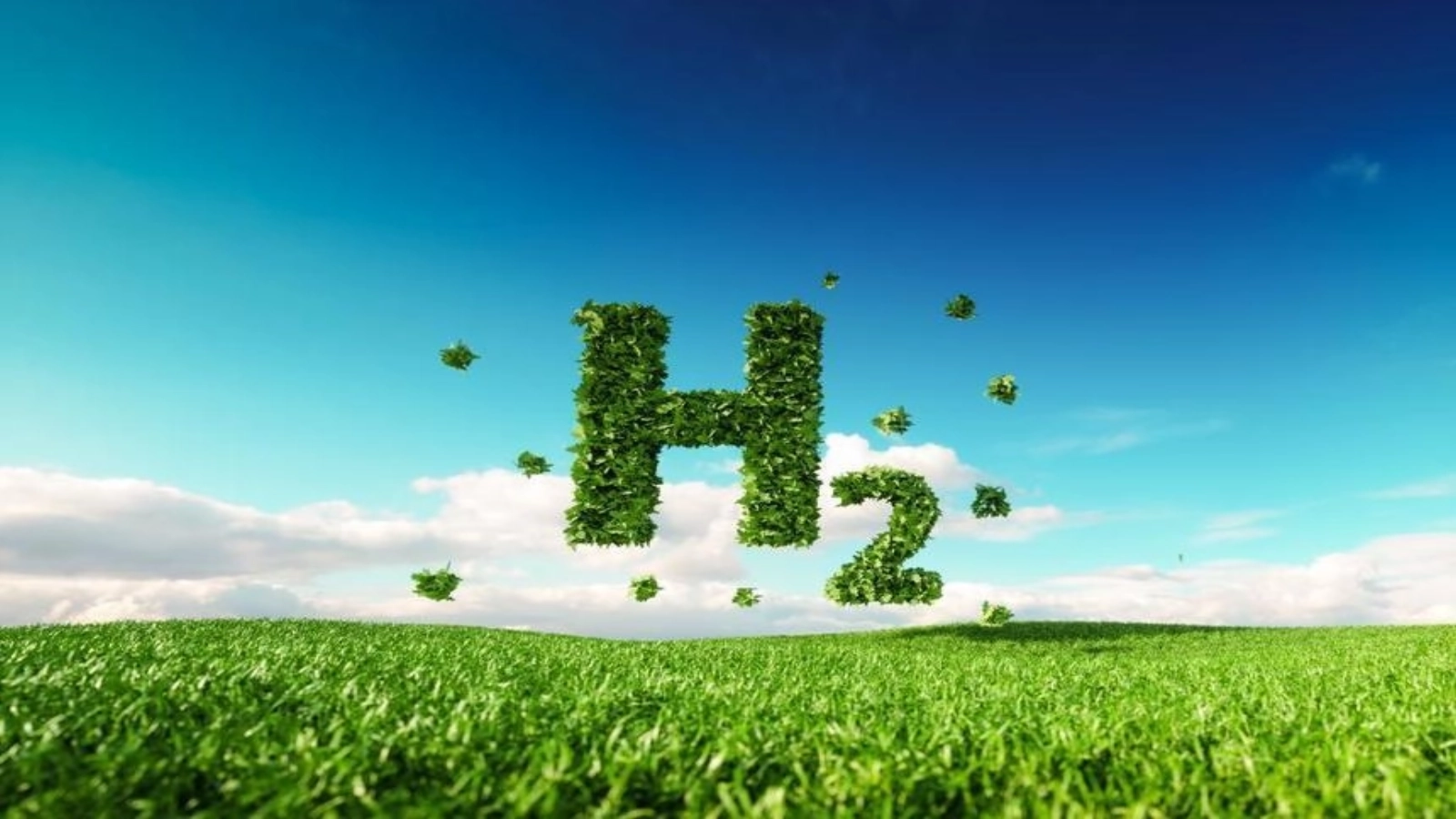









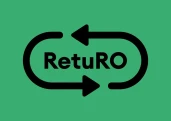
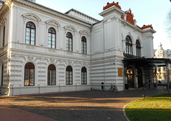


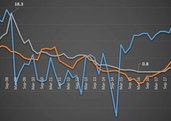






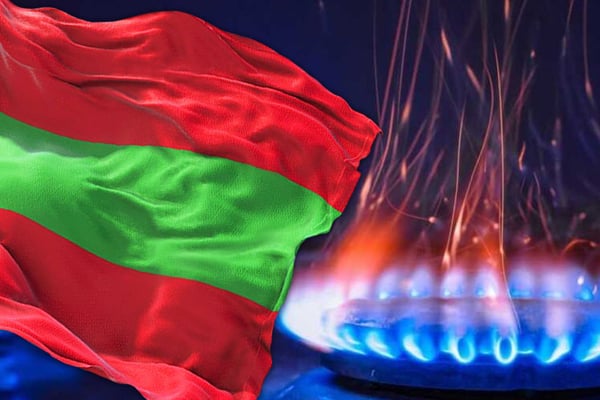


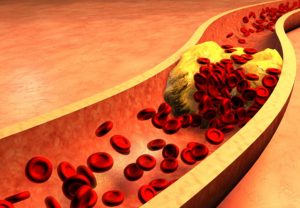






Comentează